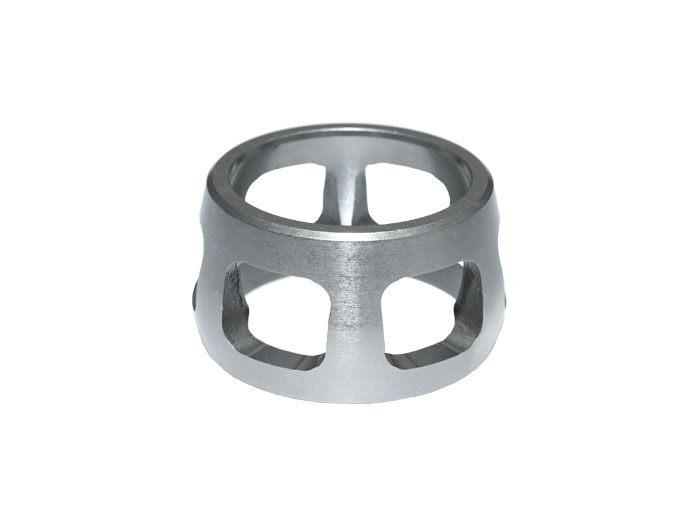The structure and function of the cardan shaft are a bit like the joints on the limbs of the human body. It allows the angle between the connected parts to change within a certain range. In order to meet the power transmission, adapt to the angle change caused by the up and down jump generated when the car is running, the drive axle of the front drive car, the half shaft and the wheel shaft are commonly connected by universal joints.
However, due to the limitation of the axial size, the deflection angle is required to be relatively large. A single universal joint cannot make the instantaneous angular velocity of the output shaft and the shaft input shaft equal, which is easy to cause vibration, aggravate the damage of the machine parts, and generate a lot of noise. Therefore, various constant velocity joints are widely used.

On front drive vehicles, each half axle uses two constant velocity universal joints, the universal joint near the transaxle is the inner joint of the half axle, and the one near the axle is the outer joint of the half axle. In a rear-drive car, the engine, clutch and transmission are installed on the frame as a whole, while the drive axle is connected to the frame through elastic suspension. There is a distance between the two, which needs to be connected.
During the operation of the car, the uneven road surface will cause jumps, load changes or the installation position difference between the two assemblies, etc., will cause the angle and distance between the transmission output shaft and the drive axle main reducer input shaft to change, so in the rear drive car The universal joint transmission form adopts double universal joints, that is, there is a universal joint at both ends of the transmission shaft, and its function is to make the included angles at both ends of the transmission shaft equal, so as to ensure that the instantaneous angular velocity of the output shaft and the shaft input shaft is always equal.
